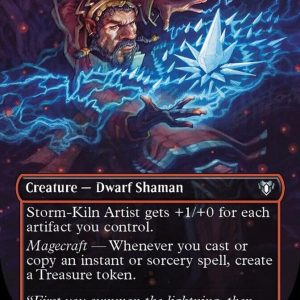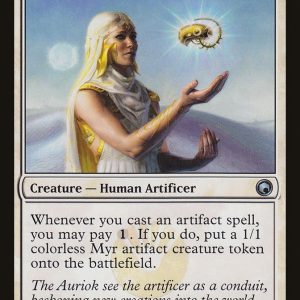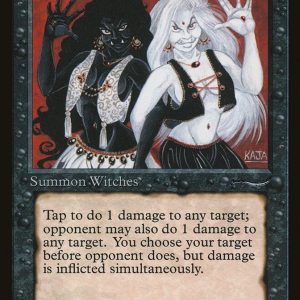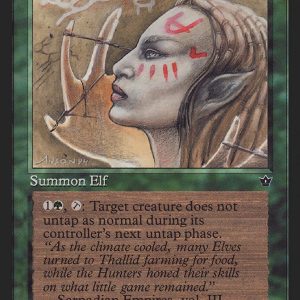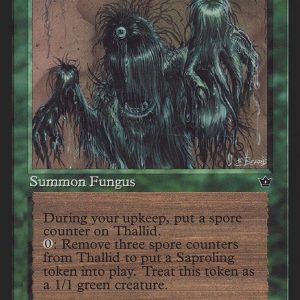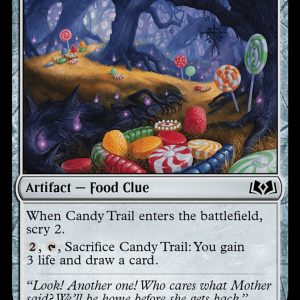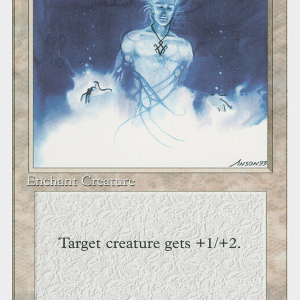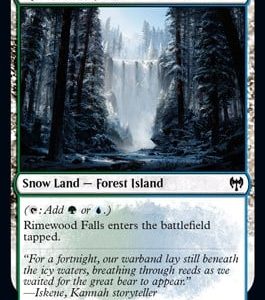Battle Phase (Trading Card Game Mechanic)
What is the Battle Phase in Trading Card Games?
The Battle Phase is a fundamental step in trading card games (TCGs) like Pokémon TCG, Magic: The Gathering (MTG), Yu-Gi-Oh!, One Piece TCG, and Dragon Ball Super Card Game, where players declare attacks, combat interactions, and damage resolution. This phase is often the most critical moment in a turn, as it determines damage dealt, board control, and strategic positioning.
How the Battle Phase Works in TCGs
The Battle Phase is typically structured into the following steps:
✅ Declare Attackers – The attacking player chooses which cards will attack.
✅ Declare Blockers (if applicable) – The defending player decides how to respond.
✅ Apply Effects & Modifiers – Abilities that trigger during combat are resolved.
✅ Damage Calculation – Attacks are resolved, and damage is dealt.
✅ End of Battle – Defeated cards are sent to the graveyard, discard pile, or exile.
Each TCG handles combat slightly differently, but all follow a structured sequence of play to resolve attacks.
Battle Phase Mechanics in Different TCGs
Magic: The Gathering (MTG)
In MTG, combat follows these steps:
- Declare Attackers – The attacking player taps creatures to attack.
- Declare Blockers – The defending player assigns blockers.
- Damage Calculation – First strike, normal, or trample damage is applied.
- End of Combat – Remaining effects resolve, and the phase ends.
- Trample allows excess damage to hit the opponent.
- Flying & Menace restrict how creatures can be blocked.
Example: A 5/5 creature with trample attacking a 2/2 blocker will still deal 3 excess damage to the opponent.
Pokémon TCG
In Pokémon TCG, the Battle Phase consists of:
- Choose an Attack – The active Pokémon selects an attack.
- Apply Energy Costs – Ensure enough Energy is attached.
- Apply Weakness/Resistance – Some Pokémon take extra/reduced damage.
- Resolve Damage & Effects – Knockouts are determined, and Prize Cards are drawn.
- Status Conditions (Burned, Paralyzed, Asleep) can prevent an attack.
- Damage Counters track health instead of life points.
Example: If Pikachu’s attack deals 50 damage to a Water-type Pokémon with a ×2 Weakness, the final damage dealt is 100.
Yu-Gi-Oh!
In Yu-Gi-Oh!, the Battle Phase follows this structure:
- Start of the Battle Phase – Declare intent to enter battle.
- Declare Attack – Choose a monster to attack.
- Damage Calculation – Attack points (ATK) vs. defense points (DEF) or opposing ATK.
- Damage & Destruction – Apply battle damage and resolve effects.
- End of the Battle Phase – Players can activate post-battle abilities.
- Piercing Damage allows damage to be dealt even if a monster is in Defense Mode.
- Direct Attacks can occur if the opponent has no monsters.
Example: If Blue-Eyes White Dragon (3000 ATK) attacks a Dark Magician (2500 ATK), Dark Magician is destroyed, and the opponent takes 500 damage.
One Piece TCG
The One Piece TCG uses a unique combat system where:
- Choose Attacker – Select a Leader or Character to attack.
- Declare Target – The attack is aimed at an opponent’s Leader or Character.
- Blockers Can Intervene – The defending player can choose a Blocker to redirect the attack.
- Counter Cards Can Be Used – The defending player may play Counter Cards to modify stats.
- Damage Resolution – If the attack succeeds, damage is applied, and KO effects trigger.
- Counter Cards allow defensive plays.
- Leader Battles determine game progression and tempo.
Example: If Luffy’s Leader Card attacks an opponent’s Leader, and they have no Blockers or Counter Cards, the damage goes through directly.
Pros & Cons of the Battle Phase
✅ Pros:
✔ Core game mechanic – The primary way to achieve victory.
✔ Strategic depth – Deciding when to attack or hold back is crucial.
✔ Game-changing moments – A single Battle Phase can determine a match’s outcome.
❌ Cons:
✘ Vulnerable to counterplays – Opponents can disrupt an attack with spells or traps.
✘ Predictability – Without variation, repeated battle strategies become easy to counter.
✘ Over-reliance on combat – Some decks perform poorly if they fail to dominate the Battle Phase.
How to Master the Battle Phase
- Read the opponent’s board – Anticipate potential blockers or counterattacks.
- Use combat tricks – Spells, abilities, or quick-play cards can swing battles in your favor.
- Time attacks wisely – In some games, attacking too early or too late can lead to disaster.
- Know the rules – Every TCG has specific damage calculation rules that must be understood.
Conclusion
The Battle Phase is a defining moment in trading card games, determining damage, destruction, and overall game flow. Whether you’re tapping creatures in Magic, declaring a Yu-Gi-Oh! attack, launching Pokémon attacks, or engaging in One Piece combat, mastering the Battle Phase mechanics is essential for success.
Would you like a list of the best Battle Phase strategies for each TCG? 🚀

